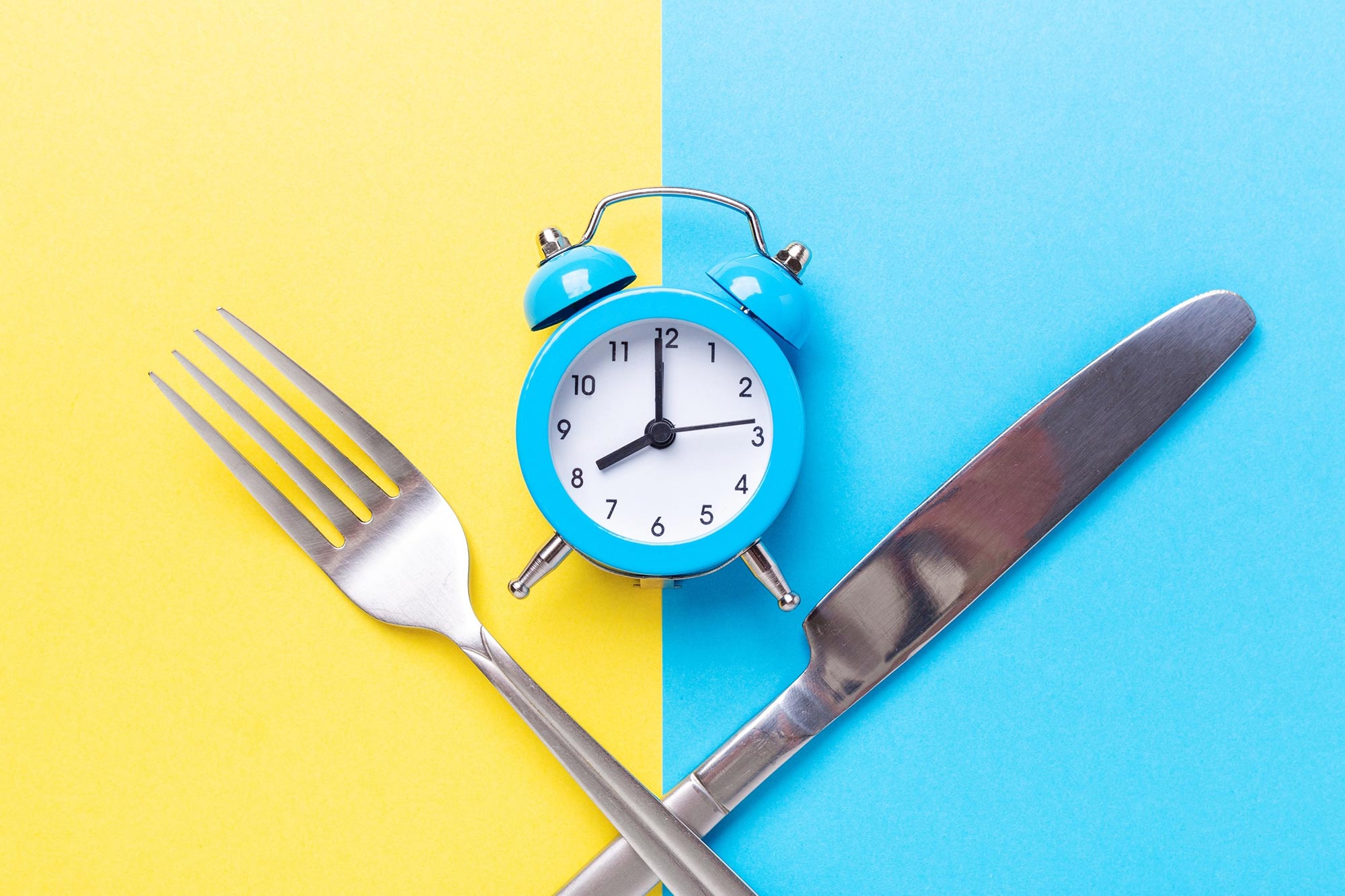Intermittent fasting is a type of diet that alternates between periods of eating and not eating. It’s an effective way to control your appetite and lose weight, but it can also be hard on your mind. If you’re used to eating all the time, suddenly going without food for 12 hours or more can be challenging.
There are several things you can do to control your cravings during intermittent fasting:
1. Plan ahead
If you know that a certain time of day will be difficult for you, plan ahead. Maybe it’s right after lunch at work or right before dinner at home with the family. Plan what you’ll do during those times so that when you’re hungry, you have something fun planned that will take your mind off food for a while.
2. Start with a small goal
If you’re new to intermittent fasting, don’t start with a 24-hour fast or even a 16-hour fast. Instead, start by fasting 8-12 hours at first and see how manageable that is for you. Then gradually increase the length of your fast by an hour or so each week until you reach your desired length.
3. Drink more water
Many people find that they experience less hunger and cravings when they drink more water throughout the day. Water helps keep your body hydrated and regulates your appetite, which helps prevent overeating. Additionally, water helps flush toxins out of the body and keeps the digestive tract moving so the body can properly process and absorb food.
4. Increase your protein intake
Protein is another great way to curb cravings during intermittent fasting. It helps stabilize blood sugar levels and control appetite hormones, which helps reduce junk food consumption between meals or before bed. Protein also helps maintain lean muscle mass as you lose weight and maintains energy levels throughout the day so you don’t feel fatigued while fasting.
5. Focus on high-fiber foods
A diet rich in fiber helps curb sugar cravings by keeping blood sugar levels stable throughout the day. Fiber also helps feed the good bacteria in your gut and keeps your digestive system running smoothly, an added bonus if you’re experiencing digestive issues during the fasting period. Fiber-rich foods include whole grains (such as brown rice), beans and legumes, vegetables, nuts and seeds, fruits, and dairy products such as yogurt or kefir made from cow’s milk.
6. Make sure you get enough sleep
Lack of sleep increases hunger and makes it harder for the body to burn fat during fasting periods. Sleep is also important for maintaining proper circadian rhythms, which can help regulate hormones that affect appetite and metabolism. If you have insomnia problems, consider using relaxation techniques or natural sleep aids before bed.
7. Slow down and eat mindfully
Intermittent fasting requires a lot of self-control, especially when it comes to eating. Take your time when eating so you don’t overeat or consume too much sugar or salt during meals.
Mindful eating helps you eat less because your brain takes longer to register that you’re full when you eat slowly rather than wolfing down food quickly. Focus on what you’re eating and savor every bite. This will help control your appetite and make it easier to stick with this lifestyle change.
8. Stay busy and distracted
If you’re having trouble sticking to an intermittent fasting schedule due to cravings or feelings of hunger, try keeping yourself busy throughout the day so you don’t have time to think about food.
conclusion
Cravings are a normal part of life, but they can be especially hard to manage when you’re trying to lose weight. Fortunately, there are ways to curb cravings during intermittent fasting.
(function(d,s,id){var js,fjs=d.getElementsByTagName(s)[0];if(d.getElementById(id))return;js=d.createElement(s);js.id=id;js.src=”https://connect.facebook.net/en_US/sdk.js#xfbml=1&version=v2.6″;fjs.parentNode.insertBefore(js,fjs);}(document,’script’,’facebook-jssdk’));
